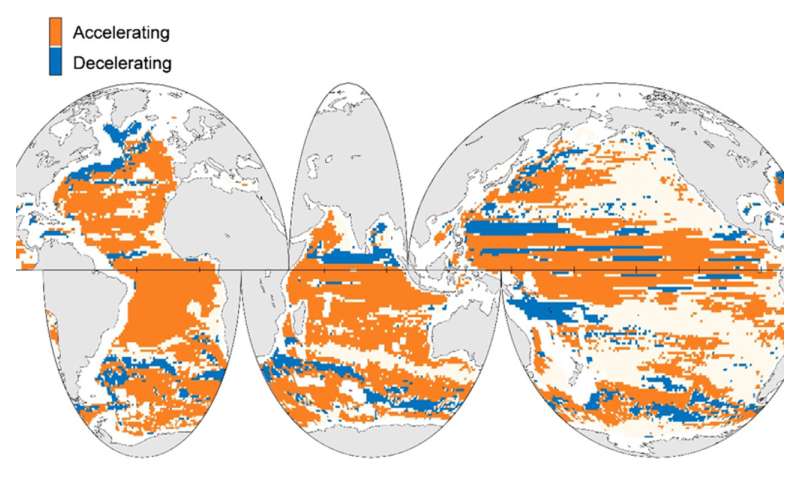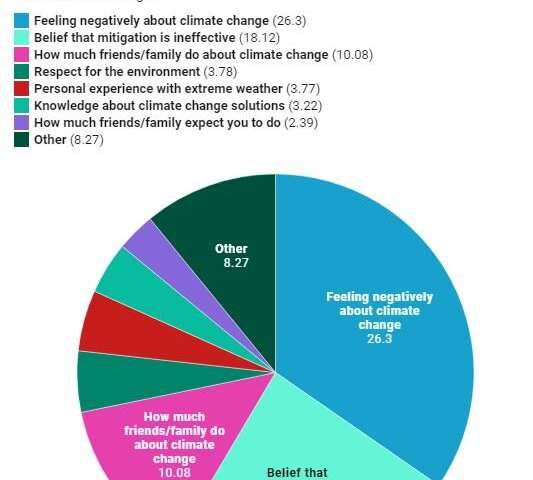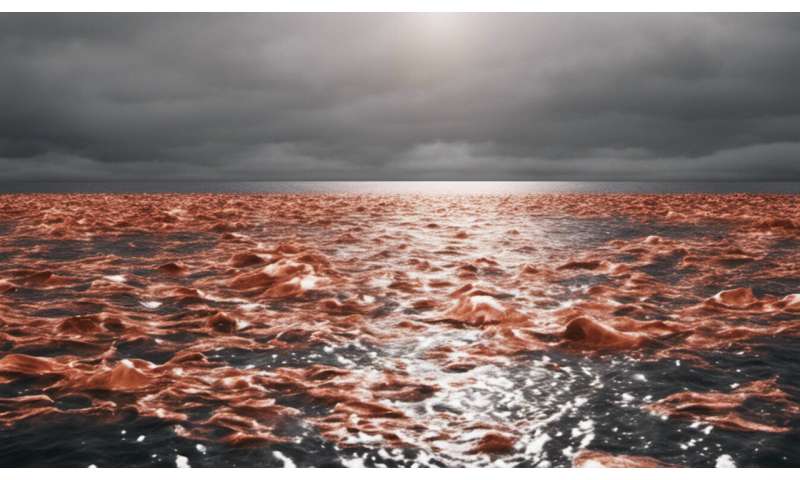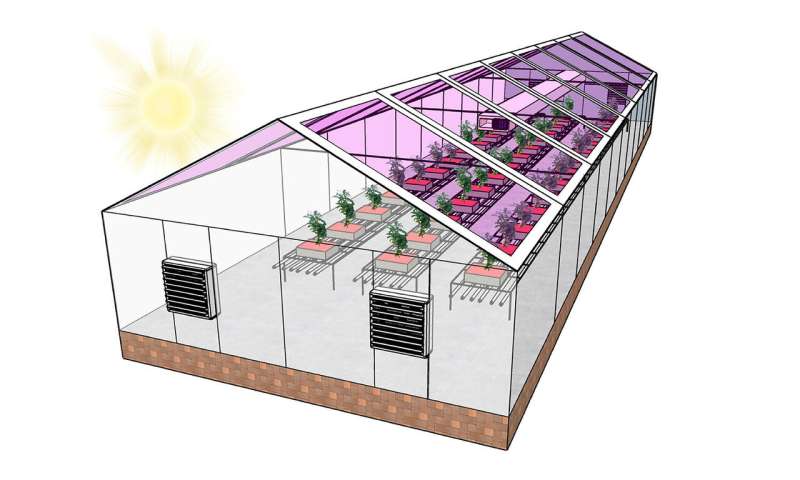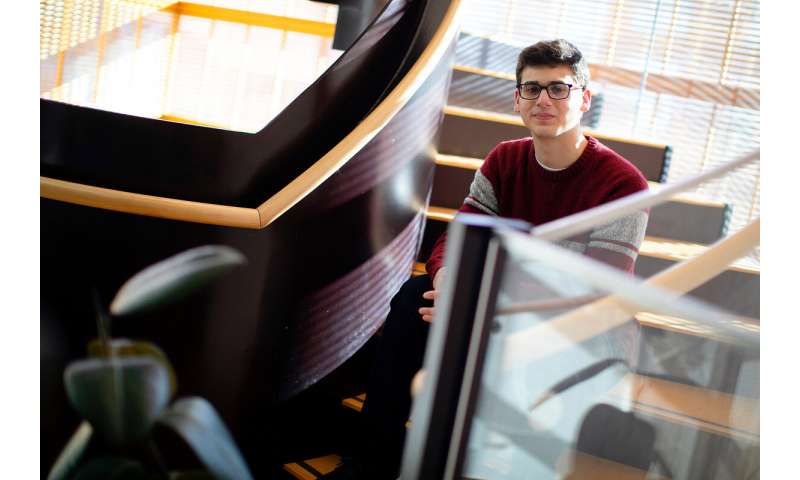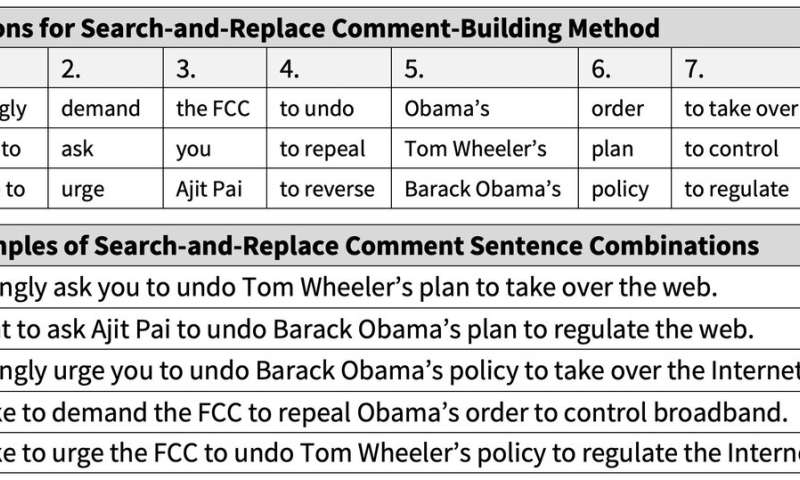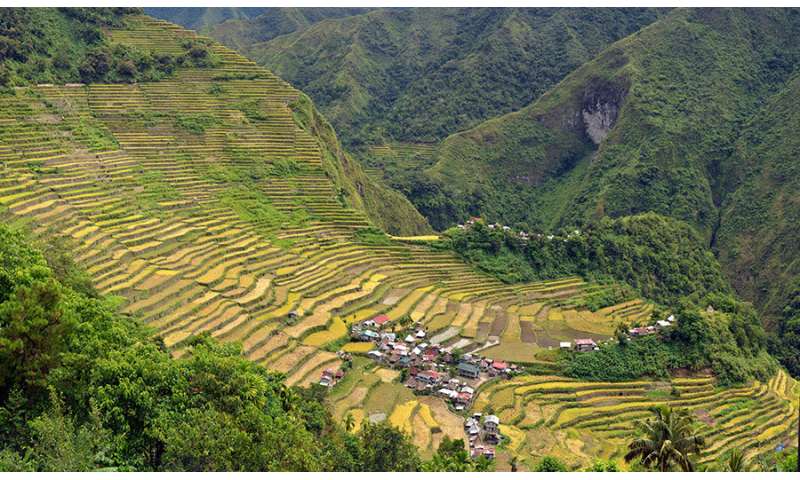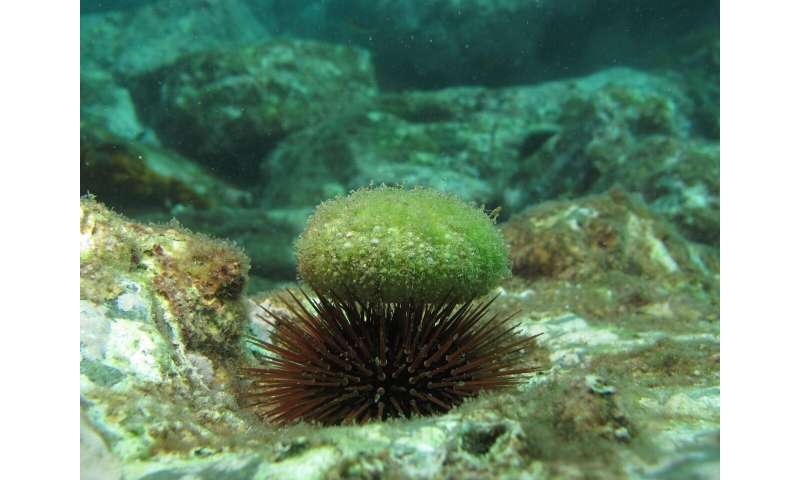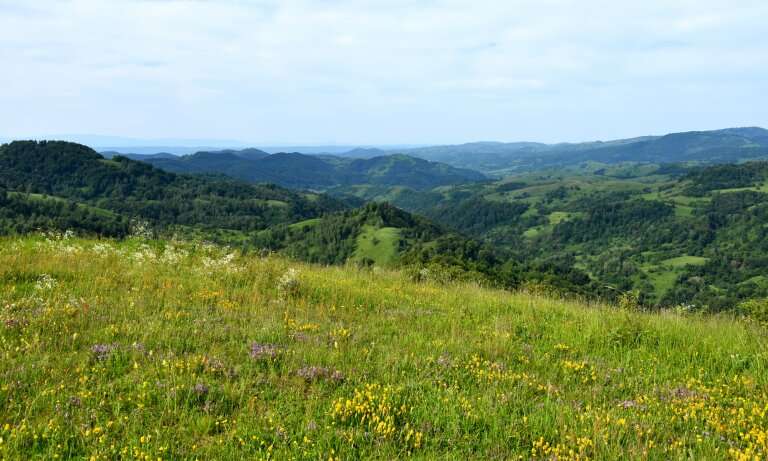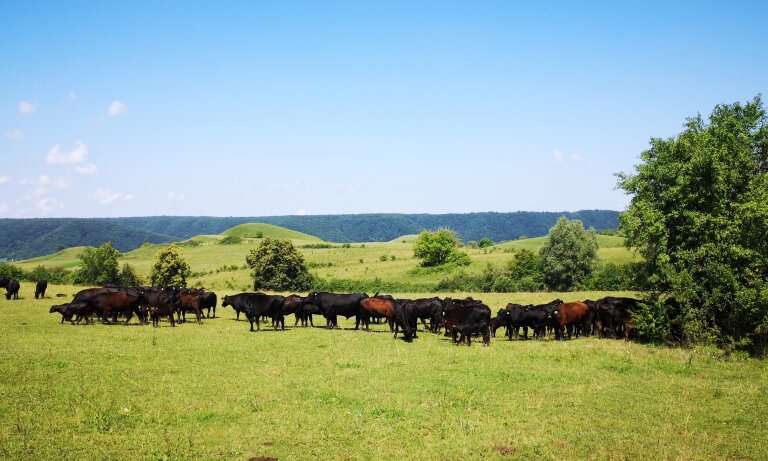A study shows growth trends in female homicide victims in Spain spanning over a century

In a groundbreaking study, research carried out between the Universitat Oberta de Catalunya (UOC) and the University of Lausanne (UNIL, Switzerland) has compiled data on homicide victims in Spain, disaggregated by gender, from 1910 to 2014. Unlike previous studies, which have focused on particular regions of the country or shorter time periods, this study gathers and analyses data corresponding to more than a century in Spain. Although it takes a look at both male and female victimization, the analysis has centred particularly on female victims. Among its most salient results, the analysis shows an increase in female homicide victims starting in the 1960s and associates it with the evolution of women's role and status in society.
The study "Female Homicide Victimization in Spain from 1910 to 2014: the Price of Equality?", published in the European Journal on Criminal Policy and Research, is the work of Antonia Linde, director of the UOC Bachelor's Degree in Criminology. Linde studied the documentation in depth and analysed the trends in female homicide victimization, irrespective of the gender of the perpetrator. In other words, the data used include women who have been victims of homicides committed by both men and women. "This is because there are no public data available on female homicide victims in which the perpetrator's sex is specified until the late 1990s," said the researcher.
Female homicide mortality does not follow a steady line over the century; the study identifies an upward trend starting in the 1960s. It was in this decade that women's daily routines started a process of rapid change. Women began to spend more time out of the home, either studying or working, and remained single and childless until later ages. And it is also from this decade that the likelihood of becoming homicide victims increases. "These new activities would have increased their exposure to the risk of victimization (they spend more time out of the home, they interact with more people, etc)", Linde pointed out.
Evolution of women's role and status in Spain
The study reveals associations between the evolution of female homicide victims and six indicators of women's role and social status in Spain: enrolment in higher education, entry in the job market, average age when the first child is born, marriage, divorce and abortion.
The data reveal that, starting in the 1960s, the number of women enrolled in higher education institutions increased very significantly. In 1915-1916, women accounted for 2% of the total student population; by the early 1960s, this percentage had increased to 25% and, from the 1980s onwards, there were more female students than male students. In addition, the number of marriages fell 50% during the period analysed (from 7 marriages per 1,000 inhabitants in 1910 to 3.4 in 2014).
The other indicators, although available for shorter time periods, also confirmed women's transition from traditional to non-traditional roles. There were more divorces (between 1982 and 2014, the number of divorces per 100 marriages increased six-fold) and abortions (in 1990, there were 4 abortions per 1,000 women—in the 15-44 age group—and 10.5 in 2014), women's presence in the job market grew (in 1976, there were 2.7 men working for every woman but only 1.2 men for every woman in 2014) and women were older when they had their first child (the average age was 25 in 1975 and 31 in 2014).
The behaviour of mortality is different in men and women
During the century analysed, the overall trend in the number of homicide victims followed the trend in the number of male homicide victims. However, when the number of murdered women was compared with the overall trend, the two did not track each other so closely. "Male and female victimization followed different trends during several periods. This gives a variable gender gap in homicide victimization in Spain over time," Linde remarked.
The ratio between male and female homicide victims narrowed between the early 20th century and the early 21st century. In the 1910s, 7-9 men were killed for every woman, in the late 1960s, it fell to 2.7 men for every women and, in the early 2010s, it was less than 2 men per woman.
Another noteworthy result is that, while male victimization decreased after the mid-1980s, female victimization increased. "This is interesting because during this period most countries in our region show a decrease in homicide victimization in general after the 1960s, including female victimization," the expert underscored.
Before the 1960s
The study shows that there is an increase in the number of women who were killed during the 1910s, a drop during the 1920s and a spike during the 1930s, up until the Spanish Civil War. After the war, homicides fell steadily until they reached their lowest ever values in the early 1960s. "The analysis shows a consistent upward trend from the early 20th century, with dips during the two dictatorships that ruled the country between 1923 and 1930 and between 1939 and 1975. The lower death rates during these years are probably due to the restrictions on personal freedom," the researcher suggested.
To conclude, the article raises a considerable number of questions because many more analyses can be performed on the data compiled. "I have published these data now for reasons of research ethics, so that other colleagues can use them in future studies," Linde said.
